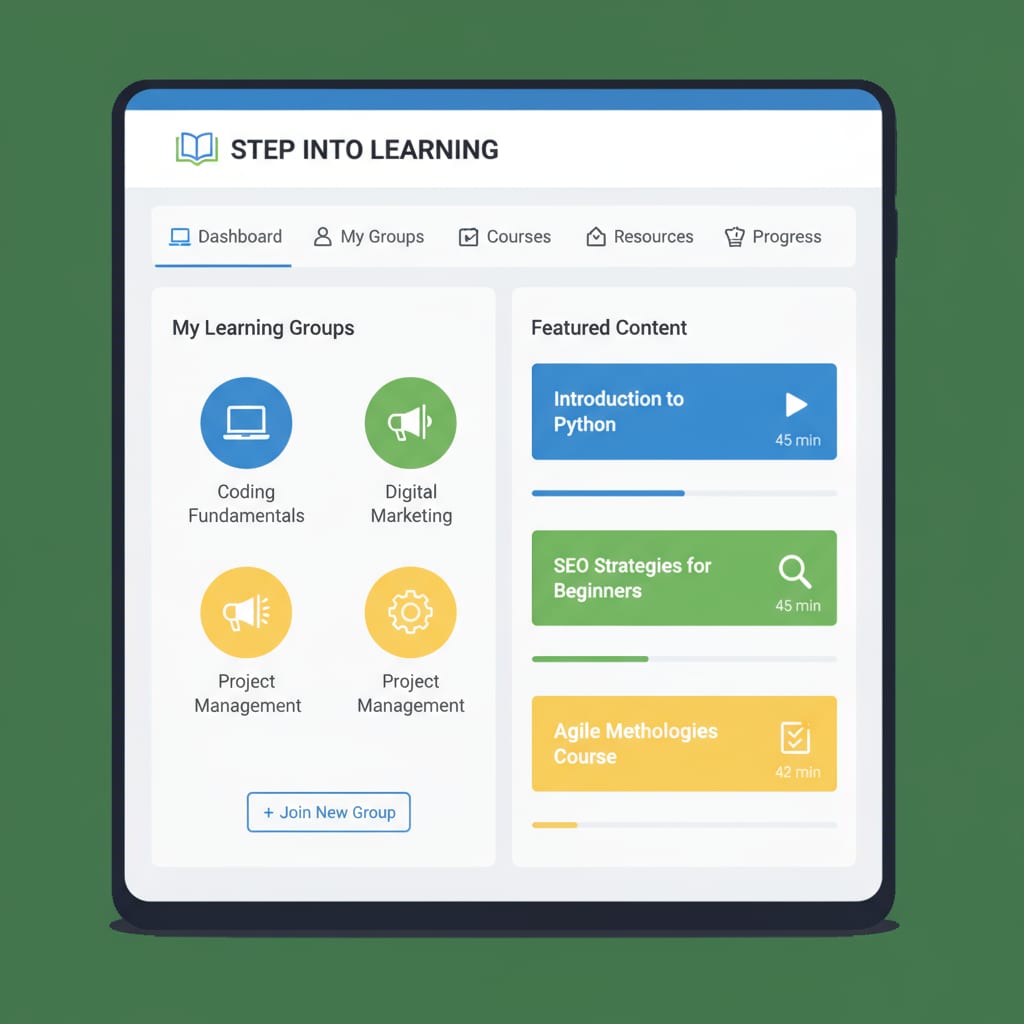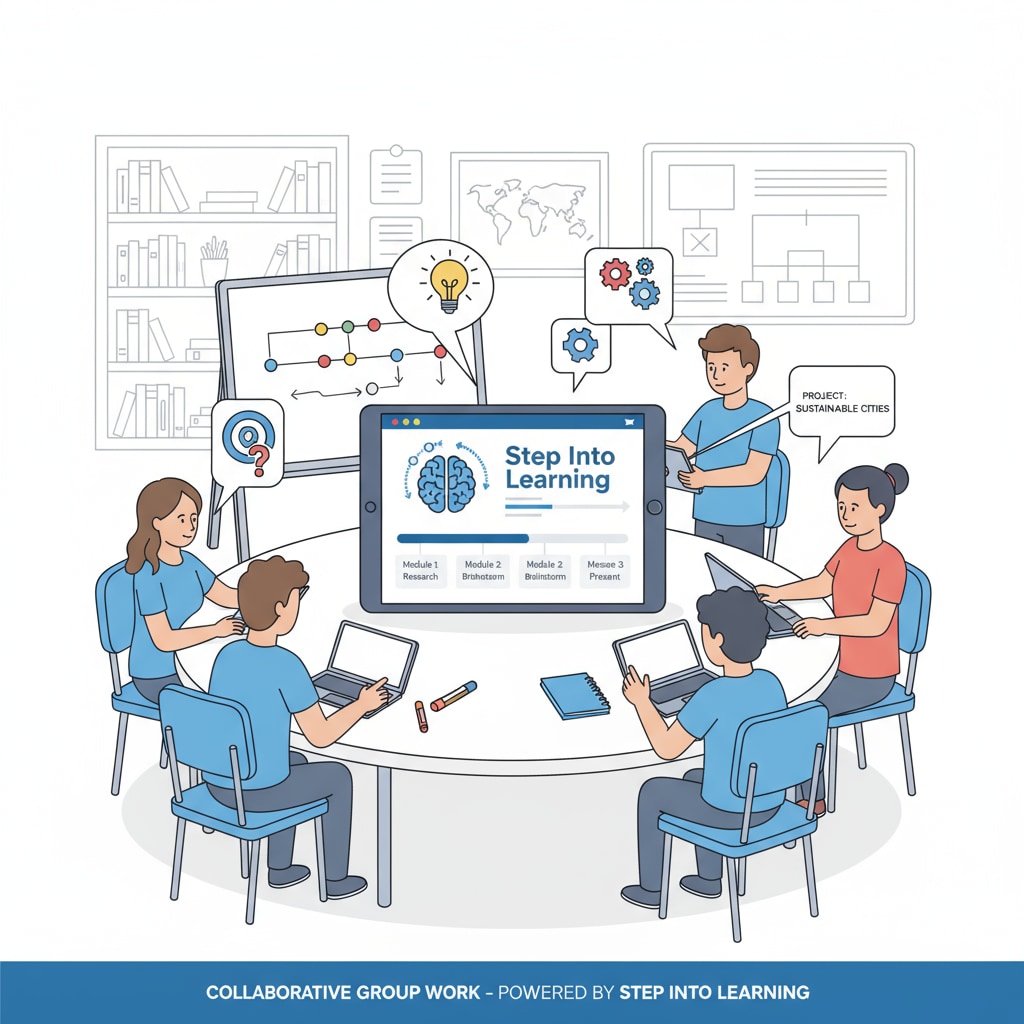In the era of digital learning, learning platforms, social media, and the concept of an uncensored environment are converging to reshape education. One such groundbreaking platform is “Step Into Learning”, which is making waves in the K12 education sector. This platform is not just another learning tool; it’s a revolutionary force that is redefining the social learning ecosystem for students in the K12 age group.

The Uncensored Open Environment
One of the most remarkable aspects of Step Into Learning is its uncensored open environment. Unlike traditional learning platforms that often have strict content restrictions, this platform allows for a free flow of ideas. Students can express their thoughts, ask unconventional questions, and explore different perspectives without fear of censorship. This freedom encourages critical thinking and creativity among students. For example, a student interested in a particular historical event can engage in discussions with peers from different parts of the world, sharing various interpretations of the event. This open environment is a departure from the norm, enabling students to develop a more well-rounded understanding of the subjects they study. Critical thinking on Wikipedia
Social Learning Mechanisms
Step Into Learning thrives on its social learning mechanisms. It connects students with their peers, creating a collaborative learning community. Through features like group projects, study groups, and peer-to-peer tutoring, students can learn from each other’s strengths. For instance, in a group project on science, students with different skill sets can contribute uniquely. One might be good at research, another at data analysis, and yet another at presenting findings. This division of labor not only enhances the learning experience but also mimics real-world teamwork scenarios. Additionally, the platform’s social aspect allows students to build relationships with like-minded individuals, fostering a sense of belonging in the learning process. Cooperative learning on Britannica

Moreover, the platform’s algorithms recommend relevant learning partners based on students’ interests and academic performance. This ensures that students are connected with those who can offer valuable insights and support. As a result, the social learning experience on Step Into Learning is both engaging and productive.
The Diverse Content Ecosystem
The content ecosystem on Step Into Learning is incredibly diverse. It houses a wide range of materials, from interactive lessons and educational videos to e-books and podcasts. This variety caters to different learning styles. Visual learners can benefit from the videos, while auditory learners might prefer the podcasts. The platform also encourages users to create and share their own content. This user-generated content adds a personal touch to the learning experience. For example, a student who has a passion for art can create a video tutorial on a specific painting technique and share it with the community. This not only helps the creator solidify their knowledge but also provides new learning resources for others.
In conclusion, Step Into Learning is a game-changer in the K12 education landscape. Its uncensored open environment, social learning mechanisms, and diverse content ecosystem are creating a more inclusive and personalized learning experience for students. As the digital learning trend continues to grow, platforms like Step Into Learning will likely play an even more significant role in shaping the future of education. Readability guidance: By using short paragraphs and lists, we’ve made the key points clear. Each H2 section has a list-like structure in terms of presenting ideas. The passive语态 is kept to a minimum, and transition words like ‘for example’, ‘additionally’, and ‘as a result’ have been used throughout to enhance the flow.


